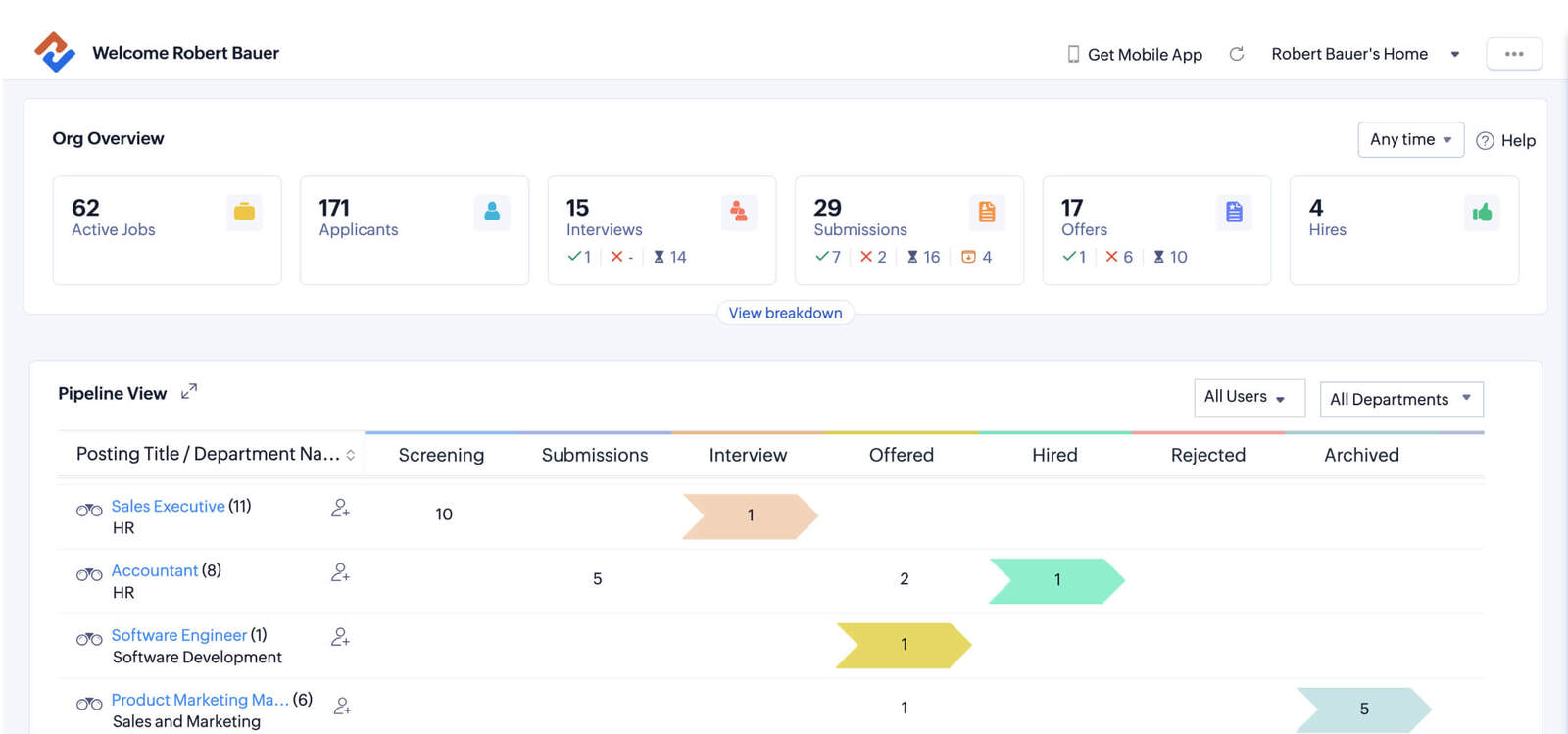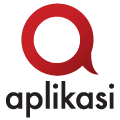Hiring in Malaysia: What's Changed, What Hasn't, and What Needs to

From a global pandemic to the rise of a whole new generation of talent, the hiring landscape has been met with various rapid changes, especially over the past few years.
Like other countries, Malaysia’s employment scene has also been reshaped by COVID-19, which has been marked by a plethora of new lasting trends like remote working and advanced technological adoptions in the workplace. Simultaneously, with the entrance of Generation Z (born between 1997-2012) into the working world, they are expected to make up as much as 27% of the Malaysian workforce by 2025 - proving the imperative need to understand this significant pool of potential candidates as they become a key force in influencing the future of workplace trends.
So, as we leave walk-in interviews in the past for Zoom calls and paper resumes for algorithms, one question remains: Are our hiring systems evolving fast enough to keep up?
What's Changed in Malaysian Hiring?

With an evolving hiring landscape, follows a difference in candidate behaviour and expectations.
A 2023 American survey found that, amongst 2,600 young job seekers, the most prominent factor to evoke a negative experience was tardy responses from employers. Especially regarding cases where candidates face ‘ghosting’ (when communication ends abruptly and without explanation). While it goes both ways as 80% of hiring employers also admit to ghosting candidates, this issue reveals a decline in patience indicating prompt responses as a crucial expectation to recruitment in today’s market.
Additionally, Gen Zs have been found to be more selective and values-driven when it comes to job decisions. Another study reported that nearly 44% of Gen Zs say they have “rejected assignments due to ethical concerns” while 39% have “turned down employers that do not align with their values”. These two statistics signify the high standards on social impact that Gen Zs have for the potential employers they choose, placing great emphasis on ethical and moral causes like climate change and diversity, equity and inclusion (DEI).

Digital work platforms and tools that provided effective alternatives for online communication or meetings were amplified and catalysed by the pandemic, proving that people are able to work just as productively from home and shifting the perspective of the traditional office workplace. As such, almost half of Malaysian Gen Z and millennials (born between 1981 and 1996) were revealed to be against “inflexible work arrangements” and 14% wishing to work remotely full-time, which portrays the growing inclination for remote or flexible work.
In deeper regards to the adoption of technology in hiring, the recruitment scene has experienced a drastic digital transformation with an uptick in digital job platforms like JobStreet and LinkedIn since the early 2000s. This along with the growing use of ATSs (applicant tracking system) has influenced and help establish social media influenced and data-driven recruitment as the new norm.
What Hasn't Changed?

Despite all the technological advancements and social shifts in recruitment, many aspects of the process remain unchanged or stagnant, such as the prevalence of a manual hiring process. From reviewing CVs by hand to scheduling interviews via WhatsApp or email, employers are held back by such manual methods as they prove to be time-consuming and inefficient. The process is further slowed down with other outdated systems such as storing candidate data in Excel sheets, which makes retrieving and organizing information painfully difficult.
All these steps - from sifting through candidates and scheduling interviews to assessments, to decision-making and communicating with the prospects - drag the recruitment timeline unnecessarily, often resulting in prolonged shortlisting-to-offer cycles.

These communication gaps are not limited to candidate interactions however; they also occur internally within whole organizations. Misalignments between HR teams and hiring managers, like unclear role expectations and differing priorities, cause further inefficiencies, weaken the cohesion of and ultimately delay the entire hiring process even more.
What Needs to Change?

Malaysia’s evolving hiring landscape is set on a path of new levels in productivity. Yet, to combat the issues that are holding back many organizations from further flourishing, they must start to rethink their current hiring workflows. With so many options in the market to choose from, centralized platforms are a great aspect to begin looking for. For job posting, shortlisting and even communications, a centralized platform would make candidate information easily accessible and convenient for all members of an organization. Automation in such platforms also heavily streamline the hiring process, eliminating repetitive and tedious tasks like resume screening and scheduling. In turn, adopting more efficient tools will help foster better collaboration between HR and department heads, yet another important aspect of workflows to take into consideration.
Prioritizing the candidate experience such as by providing clear updates and faster responses benefits both candidates and employers by bridging the communication gap and thus reducing the likelihood of ‘ghosting’ on either ends. Furthermore, adopting shorter and more structured interview processes also contribute to a positive candidate experience as they are less likely to feel fatigued or overwhelmed while aiding employers to cut costs and time spent on just interviewing the candidates. The hiring process is made up of various steps and finding a better balance between thoroughness and efficiency during the interviewing phase, while prioritizing aspects that lead to a positive candidate experience, are vital factors to successful recruitments.

With all these aspects in mind, the ultimate solution employers should pursue is to invest in long-term tools, not short-term fixes. One rewarding option is to opt for and utilize ATS (Applicant Tracking Systems) - softwares that refine, simplify and quicken the recruitment process through automation. These programmes range in tasks from collecting resumes, sifting out candidates that do not match to monitoring an applicant’s progress in the hiring process and even eliminating prospects based on specific keywords. Other powerful tools include Zoho Recruit, which merges ATS and CRM into one singular recruitment platform, provides a comprehensive solution with features for all hiring or HR needs. Overall, through automated solutions, organizations are able to work ahead by employing capabilities that foster an efficient recruitment system. For many Malaysians, solutions like Zoho Recruit work and have strengthened teams by cutting hiring times and reducing candidate drop-offs - but such tools only work if the mindset shifts too.
What Comes Next?

As the recruitment world around us evolves, employers must do their best to understand and keep up with the changes. Whilst recruitment will always be part art, part science - the tools we use matter and play a large role in boosting efficiency, saving time and resources. Organizations can also choose to audit their hiring process to comb through and spot any areas where friction can be removed. Conscious efforts like these are not just helpful, they are essential to staying ahead of an ever-changing hiring landscape.

